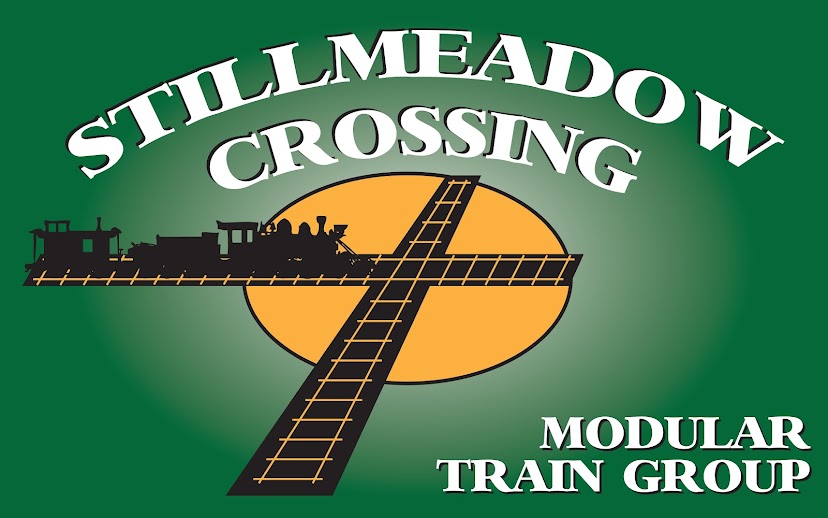Not too bad. Maybe with a little trimming . . .
Second effort was to use dried Sedum plants to make a deciduous tree (thank you wifey for growing Sedum in our yard). I bundled and glued them together and spray painted them brown and then touched up with tan. Then sprayed everything with diluted white glue, dumped on coarse and fine green ground foam, and then repeated that about seven times. After it all dries I separated the branches and wrapped the stems with brown florist tape. All it needs now is a kid climbing it!












































